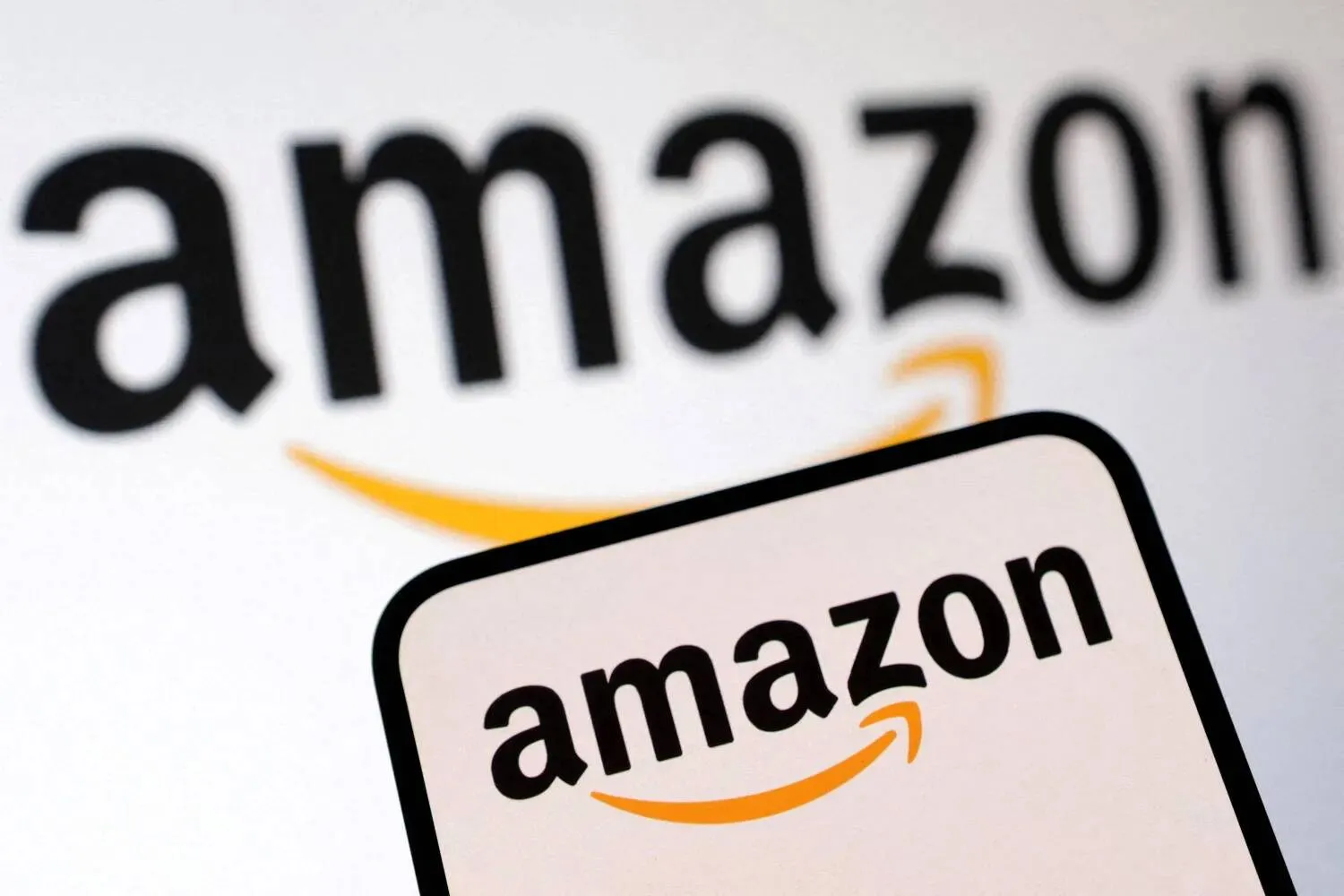President Donald Trump's administration has been predicting its barrage of tariffs targeting China will push Apple into manufacturing the iPhone in the United States for the first time.
But that's an unlikely scenario even with US tariffs now standing at 145% on products made in China — the country where Apple has manufactured most of its iPhones since the first model hit the market 18 years ago.
The disincentives for Apple shifting its production domestically include a complex supply chain that it began building in China during the 1990s. It would take several years and cost billions of dollars to build new plants in the US, and then confront Apple with economic forces that could triple the price of an iPhone, threatening to torpedo sales of its marquee product, The AP news reported.
They might get a reprieve. The Trump administration said late Friday it was excluding electronics, including smartphones, from the current reciprocal tariffs. But it still could levy new or different tariffs on electronics at a later date.
“The concept of making iPhones in the US is a non-starter,” asserted Wedbush Securities analyst Dan Ives, reflecting a widely held view in the investment community that tracks Apple's every move. He estimated that the current $1,000 price tag for an iPhone made in China, or India, would soar to more than $3,000 if production shifted to the US. And he believes that moving production domestically likely couldn't be done until, at the earliest, 2028. “Price points would move so dramatically, it's hard to comprehend.”
Apple didn't respond to a request for comment Wednesday. The Cupertino, California, company has yet to publicly discuss its response to Trump’s tariffs on China, but the topic may come up on May 1 when Apple CEO Tim Cook is scheduled to field questions from analysts during a quarterly conference call to discuss the company’s financial results and strategy.
And there is no doubt the China tariffs will be a hot-button issue given Apple’s stock price has dropped by 15% and lowered the company’s market value by $500 billion since Trump began increasing them on April 2.
If the tariffs hold, Apple is widely expected to eventually raise the prices on iPhones and other popular products because the Silicon Valley’s supply chain is so heavily concentrated in China, India and other overseas markets caught in the crossfire of the escalating trade war.
The big question is how long Apple might be willing to hold the line on its current prices before the tariffs’ toll on the company’s profit margins become too much to bear and consumers are asked to shoulder some of the burden.
One of the main reasons that Apple has wiggle room to hold the line on its current iPhone pricing while the China tariffs remain in place is because the company continues to reap huge profit margins from the revenue generated by the subscriptions and other services tied to its product, said Forrester Research analyst Dipanjan Chatterjee. That division, which collected $96 billion in revenue during Apple’s last fiscal year, remains untouched by Trump’s tariffs.
“Apple can absorb some of the tariff-induced cost increases without significant financial impact, at least in the short term,” Chatterjee said.
Apple tried to appease Trump in February by announcing plans to spend $500 billion and hire 20,000 people in the US through 2028, but none of it was tied to making an iPhone domestically. Instead, Apple pledged to fund a Houston data center for computer servers powering artificial intelligence — a technology the company is expanding into as part of an industrywide craze.
When asked this week about whether Trump believes Apple intends to build iPhones in the US, White House Press Secretary Karoline Levitt pointed to Apple's investment promise as evidence that the company thinks it could be done. “If Apple didn’t think the United States could do it, they probably wouldn’t have put up that big chunk of change,” Leavitt said.
US Commerce Secretary Howard Lutnick also predicted tariffs would force a manufacturing shift during an April 6 appearance on a CBS news program. “The army of millions and millions of human beings screwing in little screws to make iPhones, that kind of thing is going to come to America,” Lutnick said.
But during a 2017 appearance at a conference in China, Cook expressed doubt about whether the US labor pool had enough workers with the vocational skills required to do the painstaking and tedious work that Lutnick was discussing.
“In the US you could have a meeting of tooling engineers and I’m not sure we could fill the room,” Cook said. “In China, you could fill multiple football fields.”
Trump also tried to pressure Apple, to no avail, into shifting iPhone production to the US during his first term as president. But the administration ultimately exempted the iPhone from the tariffs he imposed on China back then — a period when Apple had announced a commitment to invest $350 billion in the US Trump's first-term tariffs on China also prompted Apple to begin a process that led to some of its current iPhones being made in India and some of its other products being manufactured in Vietnam.
Cook also took the president on a 2019 tour of a Texas plant where Apple had been assembling some of its Mac computers since 2013. Shortly after finishing that our, Trump took credit for the plant that Apple had opened while Barack Obama was president. "Today I opened a major Apple Manufacturing plant in Texas that will bring high paying jobs back to America,” Trump posted on Nov. 19, 2019.









